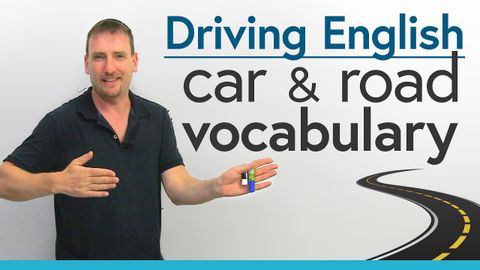英語で運転する。車と道路の語彙 (Driving in English: Car & Road Vocabulary)
Flora Hu が 2021 年 01 月 14 日 に投稿  この条件に一致する単語はありません
この条件に一致する単語はありませんUS /ˈbesɪkəli,-kli/
・
UK /ˈbeɪsɪkli/
- n.地点 : 場所;困難 : 苦境;位置づけ;少し;斑点 : 染み : 汚点
- v.t.(偶然)見つける
US /dɪˈstrækt/
・
UK /dɪ'strækt/
US /ˈnu:trəl/
・
UK /ˈnju:trəl/
- adj.中性の;中性の;中立の;中立の
- n. (c./u.)くすんだ色;(ギアが)ニュートラル;中立
エネルギーを使用
すべての単語を解除
発音・解説・フィルター機能を解除

